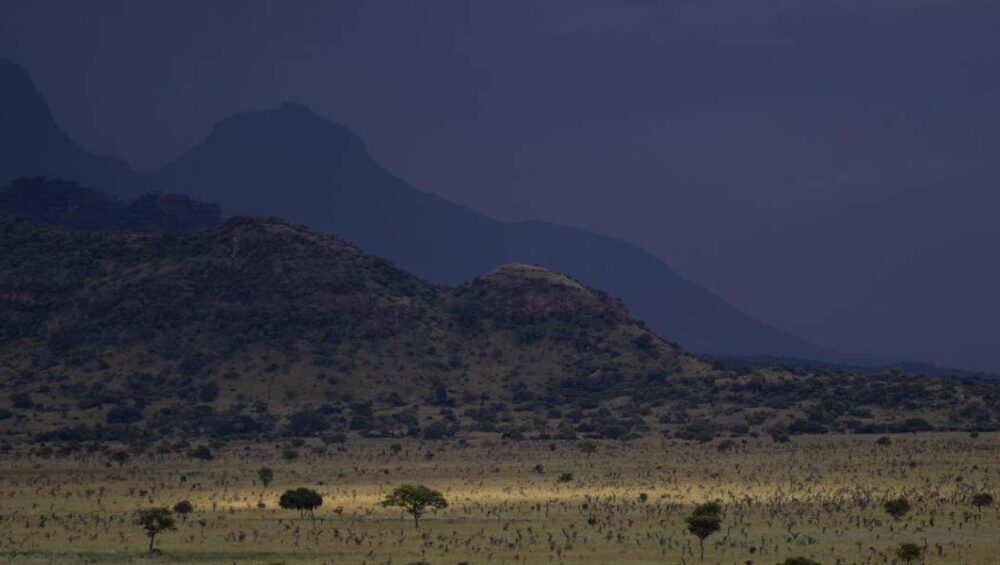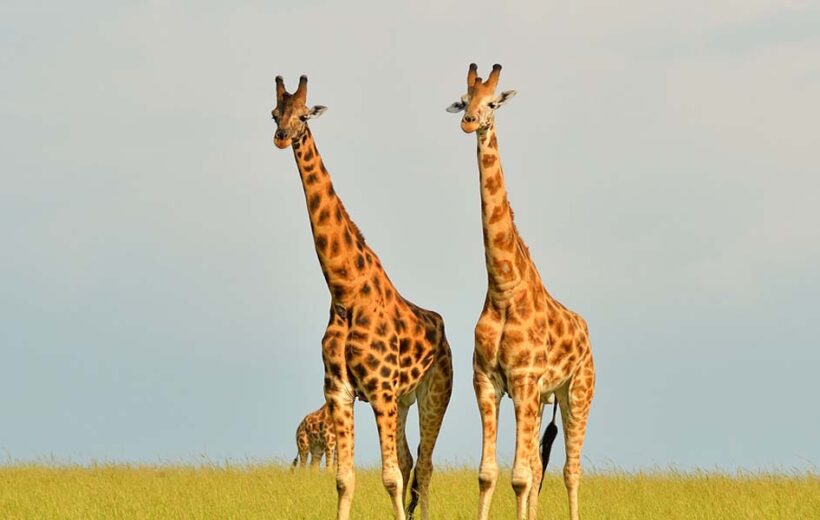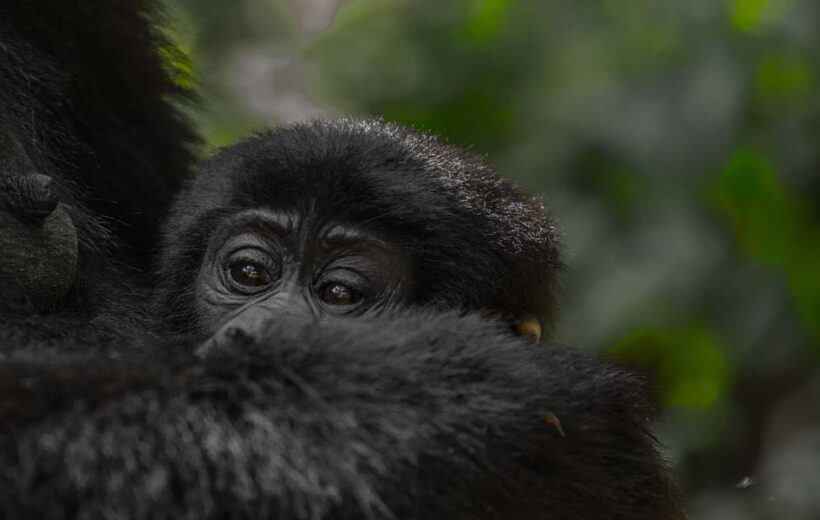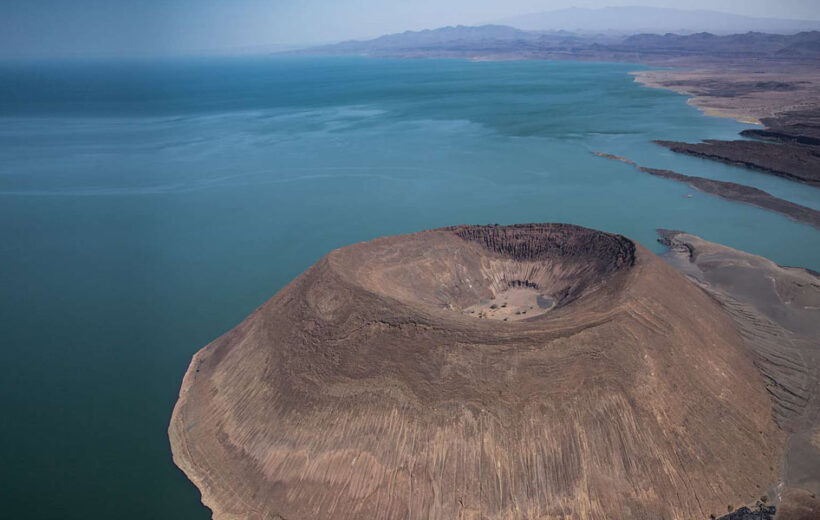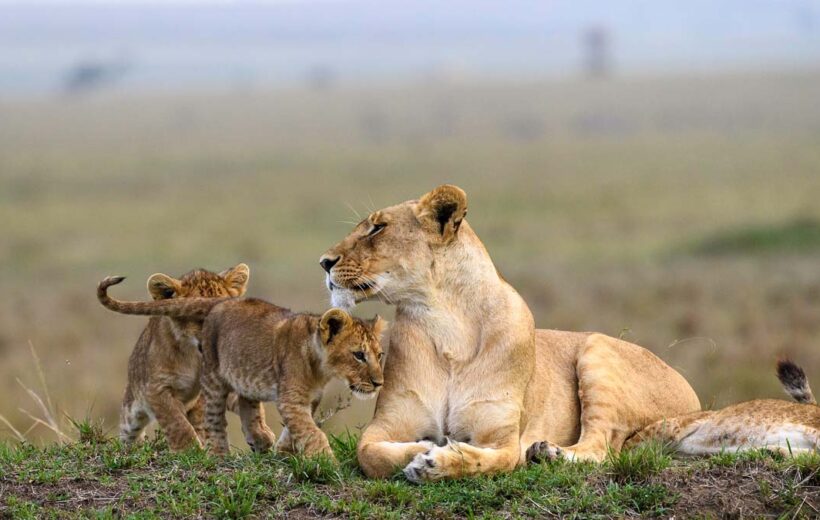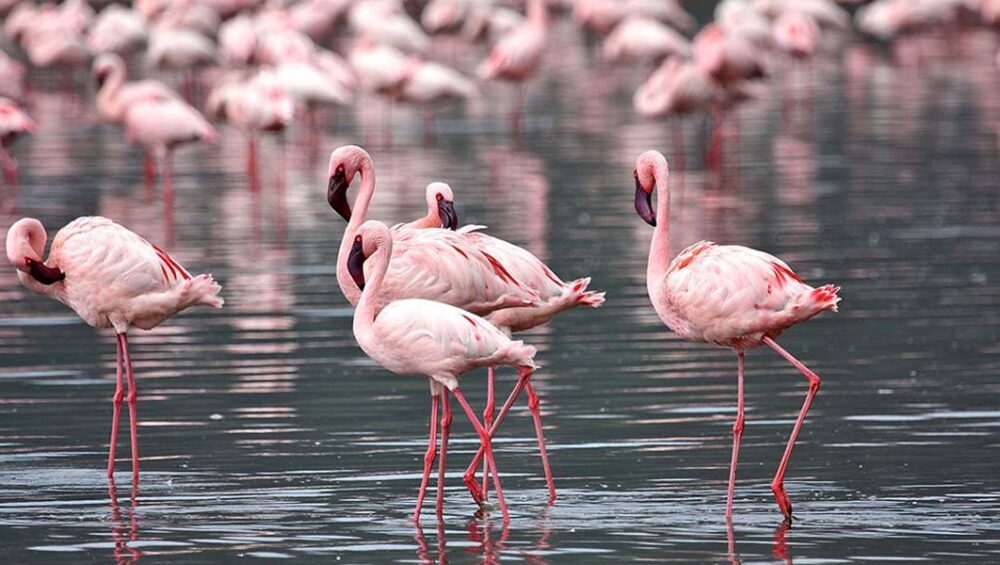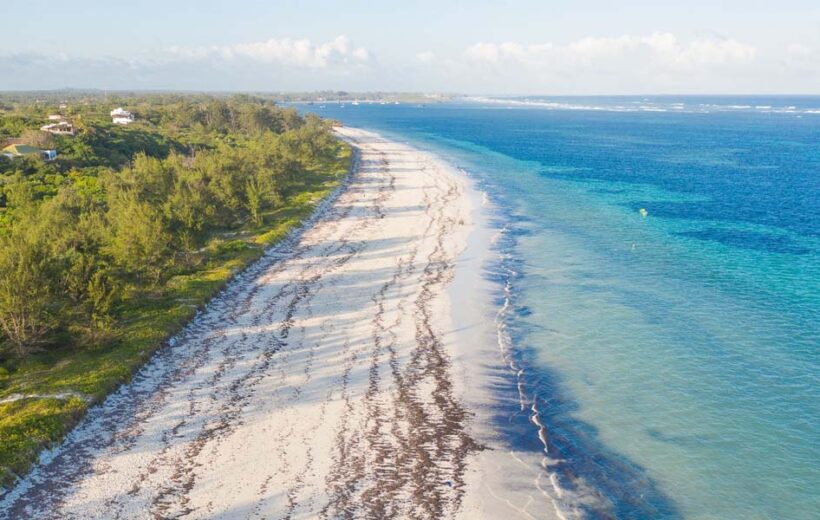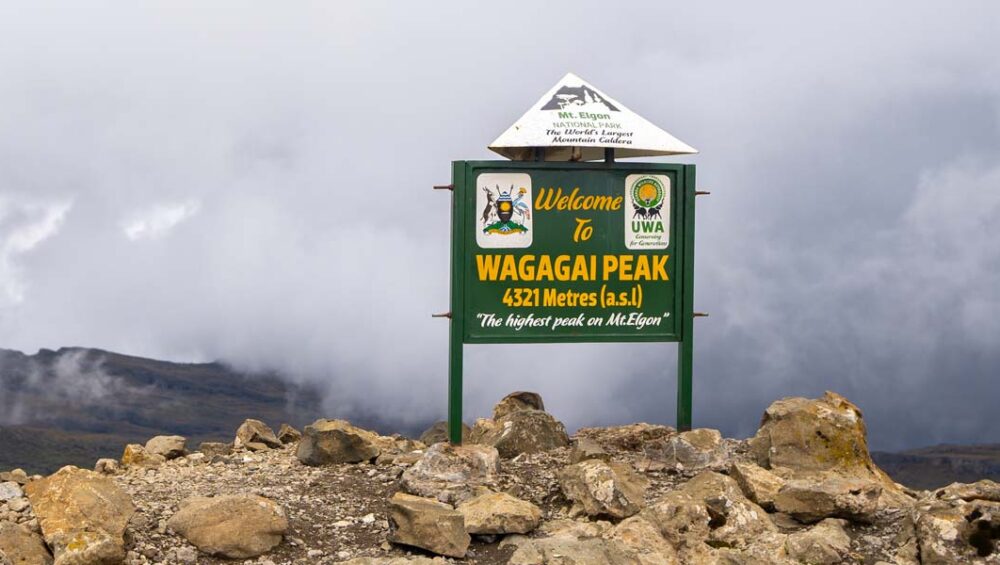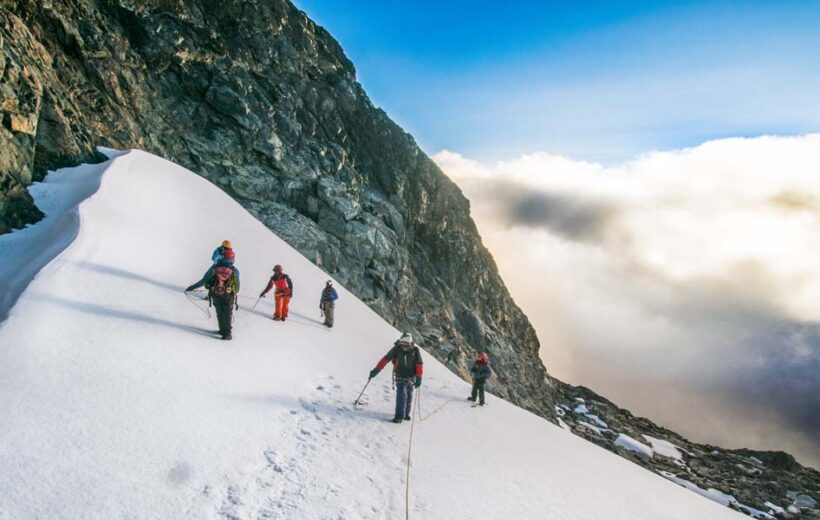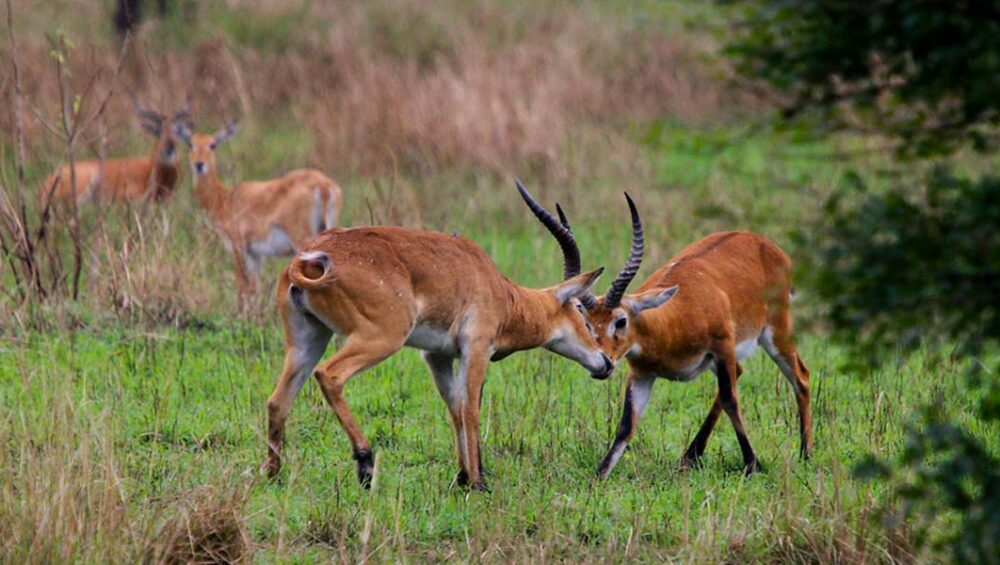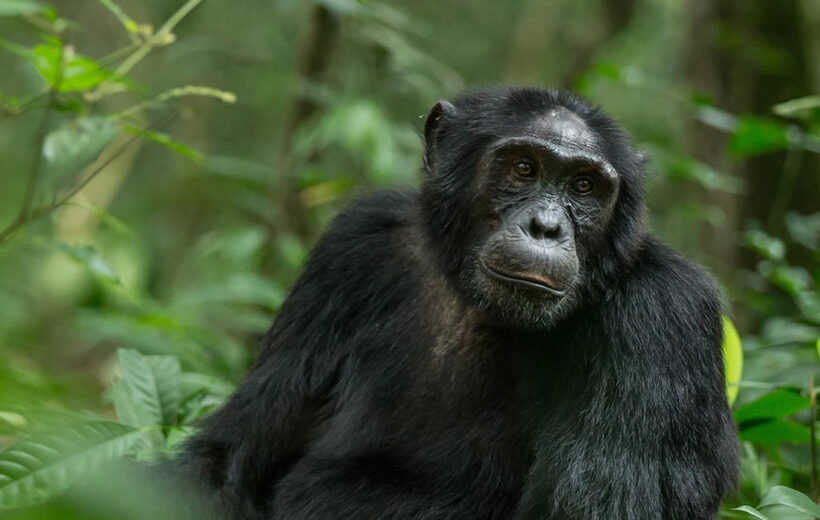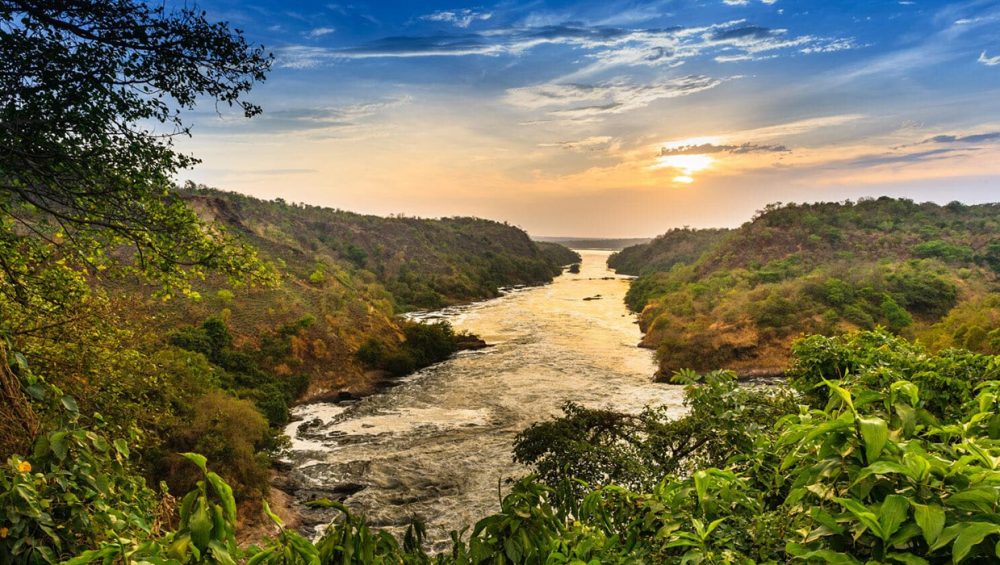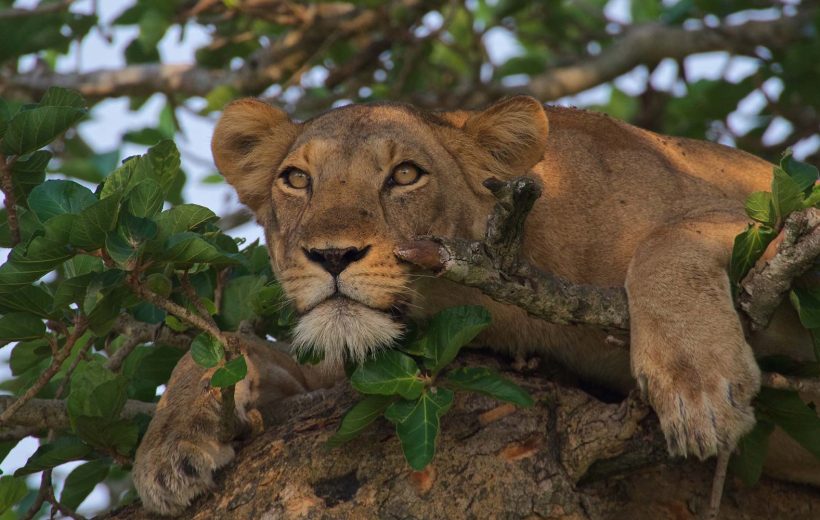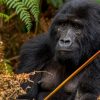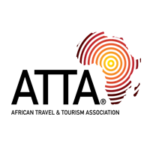Pian Upe Game Reserve
Pian Upe Game Reserve is located in Northeastern Uganda. The reserve lies along the east and northern Uganda safari circuit famous for its exclusive adventures and cultural experiences.
Pian Upe Game Reserve has a unique ecosystem of open savannas with scattered trees. It also features rock outcrops, woodlands, and wetlands. The reserve has a backdrop of the Morungole mountains forming a dramatic and impressive scenery. This is often likened to the Serengeti and Masai Mara ecosystem that stretches from Tanzania to Kenya.
Pian Upe covers a land area of 2,788 square kilometers. It is the second largest Uganda safari destination after Murchison Falls National Park. The Reserve is under transformation and in the process of being upgraded into a National Park. Once upgraded it will be Uganda’s largest National Park.
Discover Your Getaway!
Start Trip Booking Process
Get In Touch with our travel consultants to start crafting for you a tailor-made African holiday package.
+(256) 785-179-586
Discovery Journeys ToPian Upe Game Reserve
Wildlife in Pian Upe Game Reserve
Pian Upe is home to several wildlife species including giraffes, elands, waterbucks, Roan antelopes, buffaloes, and cheetahs.
Zebras, hartebeests, Impalas, the topi, warthogs, and bushbacks are also present in the reserve. Pian Upe Game Reserve lies in a semi-arid region and is home to semi-desert-adapted wildlife species. Its rocky ecosystem is home to elusive wildlife species like the Klipspringer and the Dik Dik.
The reserve has a rich birdlife with over 300 bird species. Ostriches, the Karamoja Apalis, Secretary birds, and the Kori Bustard are notable birds you can see in the reserve.
The reserves’ wildlife had reduced because of poaching but several species have been reintroduced to boost its diversity and tourism.
Activities in Pian Upe Game Reserve
Game Drives
Pian Upe Game Reserve’s open savanna ecosystems are best explored on game drives. The reserve has well-developed game drive trails that lead to wildlife territories. Roan Antelopes, elands, and cheetahs are the reserve’s key attractions and can be spotted on game drives.
Safari animals in Pian Upe are scattered given its large size. You therefore need extensive game drives in the mornings and evenings to fully appreciate its diversity.
Nature Walks
Pian Upe Game Reserve’s walking safaris are adventurous and highly recommended. They are the best Discovery Journeys adventures to explore the rocky ecosystems and caves in the reserve.
Nature walks bring you closer to wildlife and allow you to study small wildlife species like insects and reptiles. They are best experienced during early morning and evening hours.
Birding Safaris
Uganda is an incredible birding safari destination. The country’s rich birdlife is witnessed in destinations like Pian Upe which are home to endemics and diverse bird species.
Birding in Pian Upe Game Reserve can be done on guided walks and game drives. This gives you an added advantage of exploring other wildlife species in the reserve.
Bush Camping
Pian Upe Game Reserve is among the few Uganda safari destinations where you can enjoy bush camping. The Reserve has a few predators making it safe for a wild bush camping adventure.
Campsites in Pian Upe are strategically placed in locations near waterholes where you can easily spot safari animals. Bush camping comes with extra adventures like night game drives, sundowners, and nature walks.
Photography Safaris
Photography safaris are exceptional in exclusive and diverse safari destinations like Pian Upe Wildlife Reserve. The reserve’s rich wildlife diversity, impressive landscapes and culture make it among the best Uganda photography safari destinations.
Uganda photography safaris are customized to feature the different activities offered at every destination.
Where to Stay
Uganda Wildlife Authority Bandas
The Uganda Wildlife Authority is a government organization in charge of all protected areas in Uganda. It offers budget accommodation facilities in every protected area including Pian Upe. It has a caterer who prepares food on order. Ensure to purchase any needed supplies before you go to avoid any inconveniences.
Pian Upe Eco-Camp
Pian Upe Eco-Camp is an upcoming mid-range accommodation in the reserve. It is located right side the reserve with access to the headquarters and game drive areas. This will be a great addition to Pian Upe as it is projected to be among Uganda’s fastest growing safari destinations.
Getting there
The Reserve is best accessed by road through Eastern Uganda. Discovery Journeys to Pian Upe start from Jinja featuring adrenaline adventures like water rafting. From there one proceed to Kapchorwa for the Sipi Falls hike and later connect to Pian Upe.
It takes a 7 to 8-hour drive if you directly head to the reserve. There is an option of flying to the airstrip in the middle of the reserve. Flying safaris are time effective and enable one to fully explore a destination.
Pian Upe is best explored alongside other Uganda safari destinations like Jinja, Sipi, Moroto, Kidepo Valley and Murchison Falls National Park.

